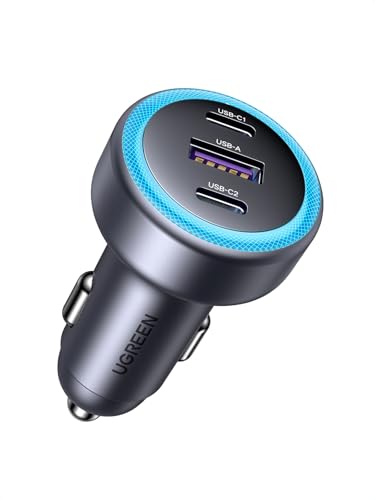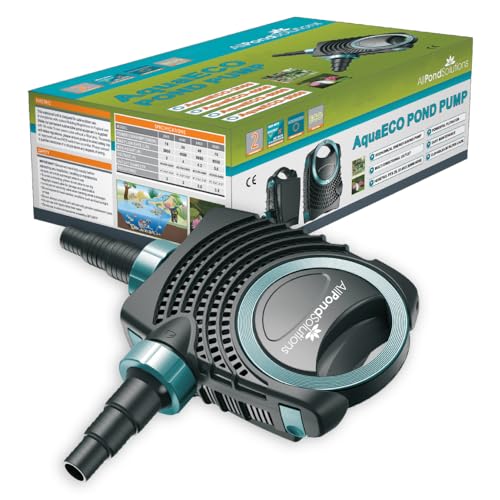Understanding Car Chargers: What to Look For
Types of Charging Options
When we consider car chargers, we generally talk about two types: conventional car chargers that plug into the vehicle’s power outlet and USB car chargers that connect via USB ports. Conventional chargers offer versatility and can usually charge multiple types of devices, from smartphones to tablets. USB chargers are better suited for devices that support USB charging, which are most modern devices today.
Power Output Considerations
The power output of a car charger is vital for efficient charging. We look at output measured in amps (A) and volts (V). A charger with a higher output means quicker charging. If you’re often in a hurry or rely on your phone for navigation, consider chargers rated for at least 2.4A to ensure fast charging capabilities.
Safety Features
Safety is paramount when selecting a car charger. Look for features such as over-current protection, short-circuit protection, and over-temperature protection. These elements prevent damage to your devices and ensure a safe charging experience while driving.
Types of Car Chargers: Which One is Right for You?
Wall or Portable Chargers
If you mainly use your charger when driving, a portable car charger is ideal. However, if you often need to recharge at home or work too, a wall charger can be convenient. Choosing the right type depends on where you’ll use it most.
Single vs. Multi-Port Chargers
For those with multiple devices, a multi-port charger that allows simultaneous charging of several devices can save time and hassle. We recommend considering a model with at least two USB ports if you travel with family or regularly carry more than one gadget.
Brand Compatibility
Different brands of devices may have unique charging specifications. While most chargers are universal, it is beneficial to check if the charger you choose works efficiently with your specific device to avoid compatibility issues.
Key Features of a Good Car Charger: Our Top Picks
Fast Charging Technology
Investing in a car charger with fast charging technology, like Quick Charge or Power Delivery, can significantly reduce the amount of time your devices spend plugged in. These smart chargers adjust the current based on the device’s needs.
Compact and Portable Designs
A compact design can be crucial, especially if your vehicle has limited space. Look for chargers that are slim enough to fit comfortably without interfering with other functions or devices in your vehicle.
Durability and Build Quality
The charger’s build quality speaks volumes about its longevity. A strong, flexible cable coupled with a robust casing can endure daily use and the wear and tear of car travel.
Installing and Using Your Car Charger: A Simple Guide
Connecting the Charger
Installation of a car charger is straightforward: plug it directly into the power outlet, sometimes called the lighter socket. Ensure it is firmly in place for a reliable connection. For USB models, connect the appropriate charging cable to the charger itself.
Optimal Usage for Best Performance
Maximise charging speed by ensuring your device is low on battery. Avoid using high-detailed apps during this time, as they can slow down the charging process. Instead, let your device charge undisturbed for the best results.
Checking Compatibility with Your Device
Always read the manufacturer’s instructions to confirm compatibility. If you face issues, try another port on the charger or a different cable, as sometimes the cable can be the source of the problem.
Maximising Your Car Charger’s Life: Tips and Tricks
Regular Cleaning
Periodic cleaning of the charger ports can help maintain a good connection. Dust and debris can accumulate and affect performance over time. A simple wipe with a soft cloth is usually sufficient.
Proper Storage When Not in Use
When your charger is not in use, store it in a dry, cool place. Avoid leaving it plugged into the socket when the vehicle is turned off for extended periods, as this may harm the charger over time.
Avoid Overloading the Charger
Never exceed the recommended output limits by connecting too many devices simultaneously. Stick to the manufacturer’s guidelines to prevent damage to both the charger and your devices.






























